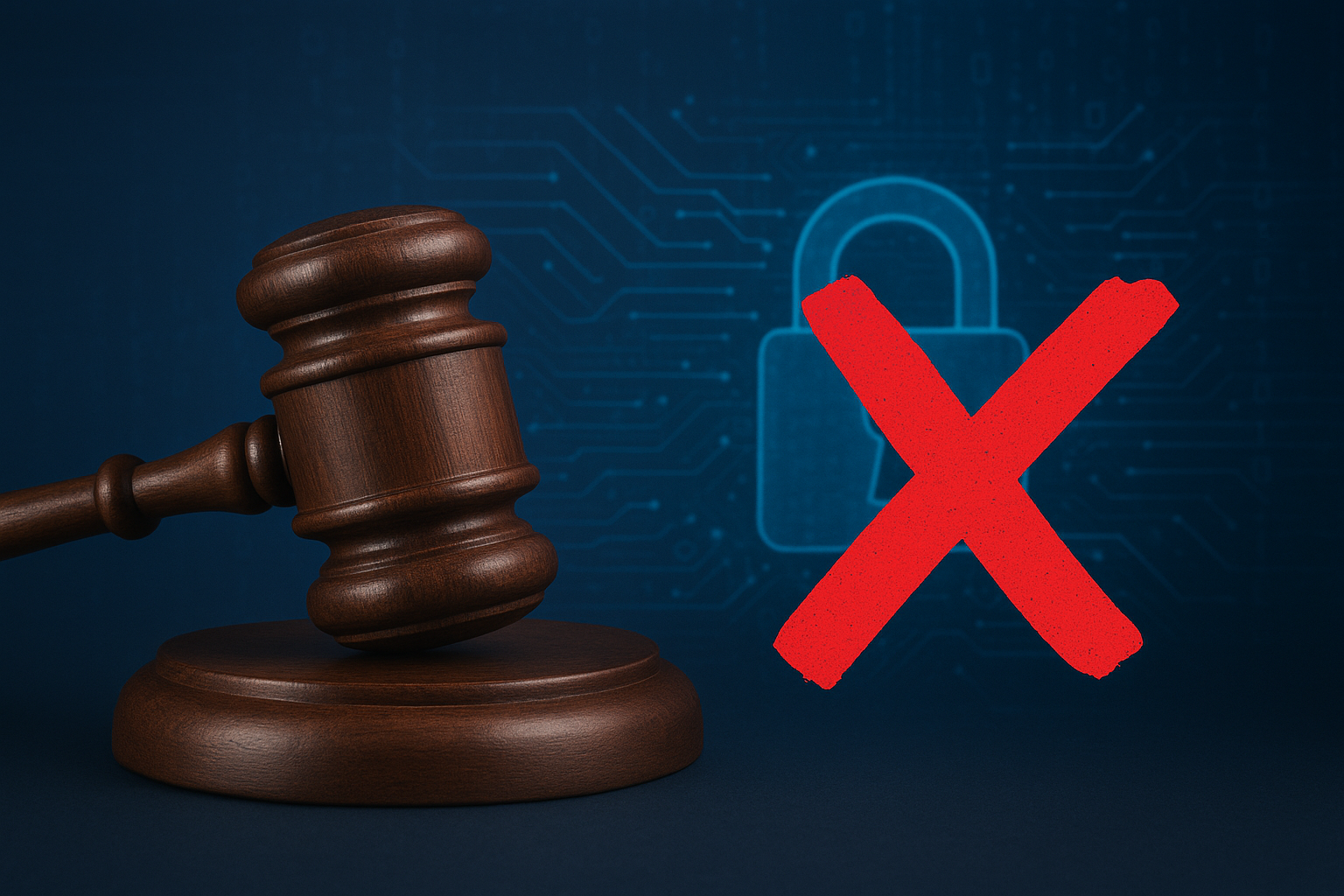
Why ISO 27001 Projects Stall and How to Get Yours Moving Again
ISO 27001 is the gold standard for information security management — but getting certified is often easier said than done.
Maybe you’ve started the process, scoped your environment, and drafted a few policies. But now the project has slowed… or stopped. No one’s updating the risk register. The internal auditor moved teams. The executive sponsor is asking for a timeline — again.
If that sounds familiar, you’re not alone.
At FirstCall Consulting, we’ve helped dozens of companies rescue or restart ISO 27001 initiatives. Here are the most common reasons these projects stall — and how to fix them without starting from scratch.
⚠️ Reason 1: The ISMS Was Built in a Vacuum
An Information Security Management System (ISMS) is more than documents and checklists. It’s supposed to reflect how your business actually works — not a theoretical version of it.
Too often, ISO 27001 gets delegated to one person or siloed to IT, without cross-functional buy-in from HR, Legal, Ops, or Product.
The fix:
Reframe the ISMS as a shared business asset. Identify key stakeholders for each control category, and build a governance rhythm (e.g, quarterly review meetings) to keep it active.
⚠️ Reason 2: The Risk Assessment Is Too High-Level (or Missing)
The risk assessment is the foundation of your ISO controls. But many companies either skip it, overcomplicate it, or treat it like a one-time exercise.
Without a clear understanding of your real-world risks, you can’t justify controls, scope your Statement of Applicability, or demonstrate maturity to auditors.
The fix:
Create a simple, business-aligned risk register. Link risks to people, processes, and systems, and update them at least quarterly.
⚠️ Reason 3: You’re Overbuilding (or Under-Documenting)
Some teams go overboard with 80-page policy documents. Others just wing it and assume “the way we work” will speak for itself. Neither approach holds up during an audit.
The fix:
Use fit-for-purpose documentation. Create policies that are specific, usable, and enforceable. Lean on prebuilt templates to reduce writing time — but tailor them to your real practices.
⚠️ Reason 4: The ISMS Isn’t Embedded in Daily Operations
ISO 27001 isn’t meant to sit on a shelf. You’ll need evidence of ongoing compliance — like user access reviews, incident logs, and training records.
If those things aren’t built into your team’s normal workflows, they’ll get skipped — and you’ll scramble to recreate them before audit.
The fix:
Automate what you can (e.g, access logs, audit trails), and assign ownership of recurring tasks. Tools help, but so does clarity.
✅ How to Reboot Your ISO 27001 Project — Without Starting Over
Getting stuck doesn’t mean you’ve failed. It just means your ISO program needs a clearer strategy, better alignment, and the right support.
At FirstCall Consulting, we help clients:
- Assess their true ISO readiness
- Prioritize what matters (and skip what doesn’t)
- Simplify documentation and audit prep
- Implement tools that fit their business
- Get certified without wasting months in limbo
🎯 Want to see how close you really are to ISO 27001 readiness?
Book a free strategy call →
📋 Prefer to self-assess first?
Download the ISO 27001 Readiness Checklist →
🎧 Coming soon: ISO in Action: How to Make Your ISMS Stick – Available on Spotify


